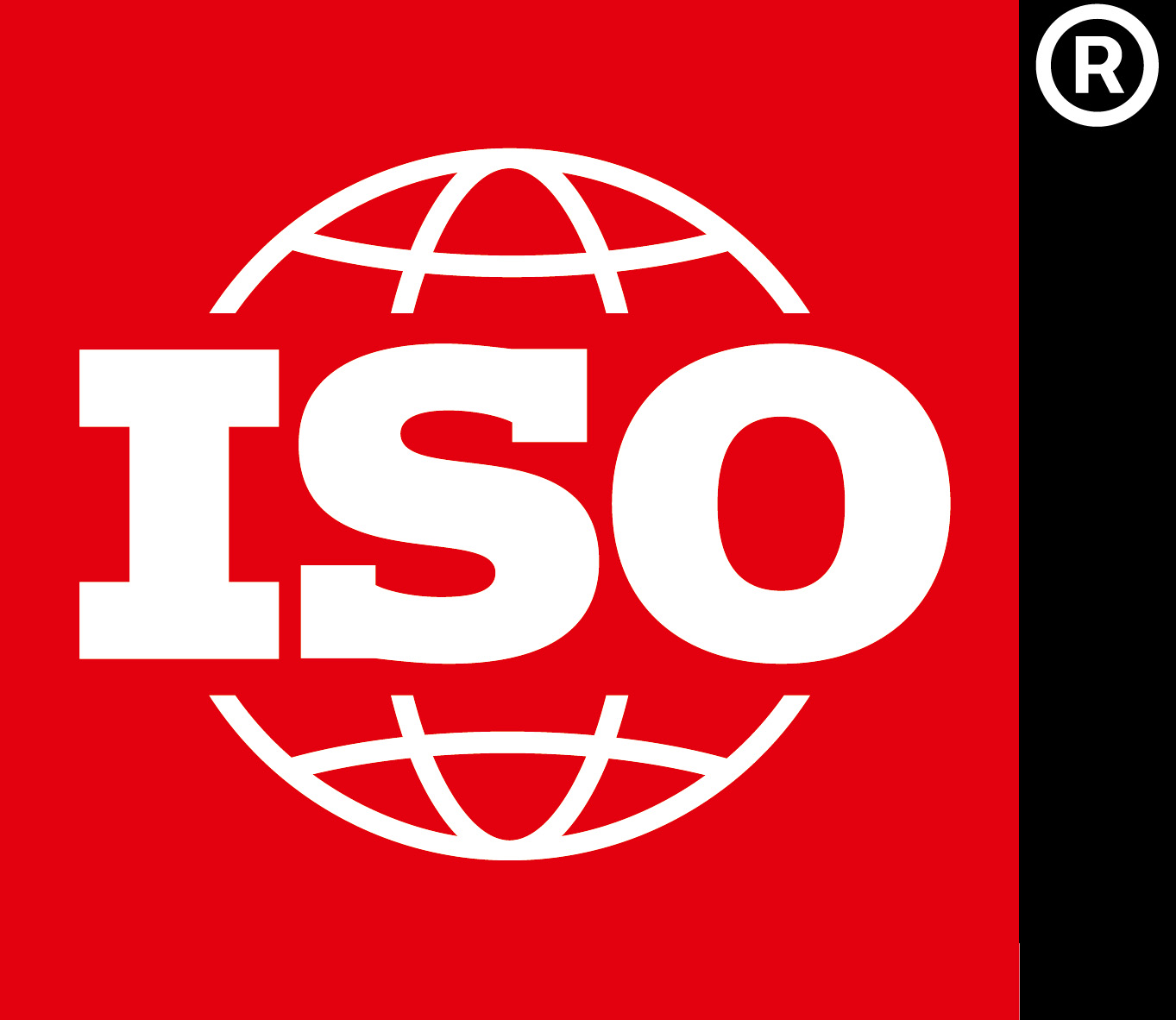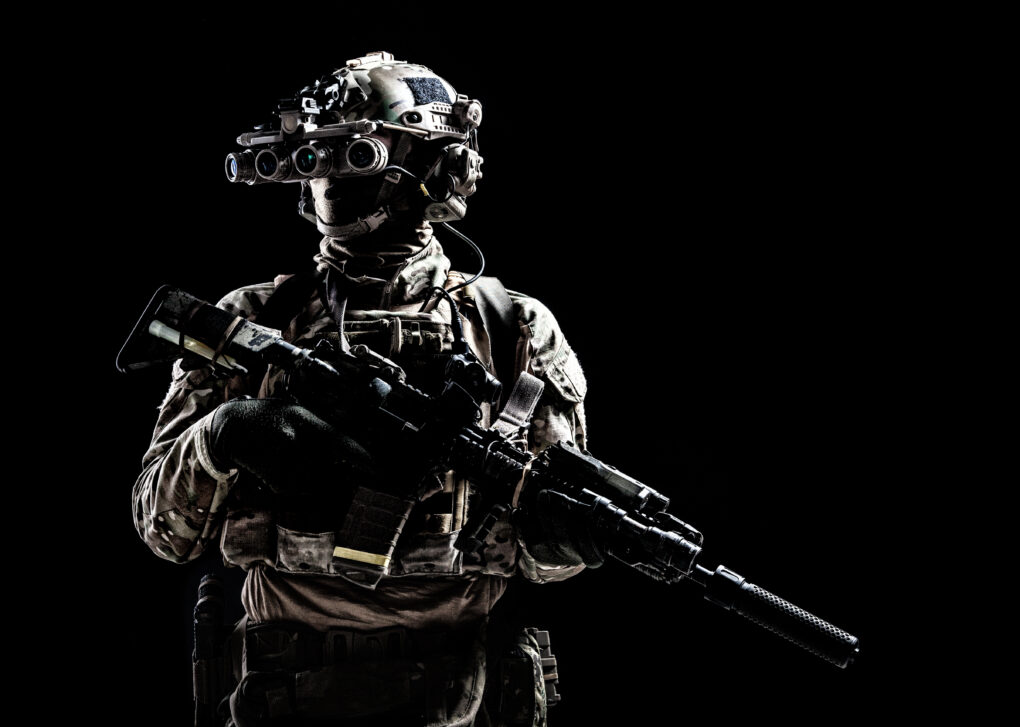TL;DR: NODs (Night Optical Devices) is a broad military-derived term encompassing all night vision equipment, while NVGs (Night Vision Goggles) refers specifically to head-mounted, hands-free devices. Both terms are often used interchangeably in civilian contexts, though they have distinct technical meanings.
Night vision terminology can confuse newcomers to the field. The terms NODs and NVGs appear throughout tactical communities, manufacturer literature, and military documentation. Understanding the distinction between these terms provides clarity when selecting equipment for specific applications.
Night Optical Devices represent the full spectrum of equipment designed to enhance vision in low-light conditions. This category includes monoculars, binoculars, weapon-mounted scopes, and head-worn systems. Night Vision Goggles constitute a specific subset of NODs designed for head-mounted, hands-free operation.
How Night Vision Technology Works
All night optical devices share fundamental operating principles. These systems collect available ambient light and near-infrared radiation, then amplify this energy to levels the human eye can perceive. The core component enabling this process is the image intensifier tube, which converts photons into electrons, multiplies them, and reconverts them to visible light.
Modern systems fall into two operational categories:
- Passive devices rely solely on ambient light sources such as starlight, moonlight, or urban illumination
- Active devices incorporate an infrared illuminator to project IR light invisible to the naked eye but detectable by the intensifier tube
The evolution of night vision technology has produced multiple generations of intensifier tubes, each offering improvements in clarity, sensitivity, and operational lifespan.
Origin of the Term NODs
The acronym NODs originated within United States military organizations as shorthand for Night Optical Devices. This designation encompassed all equipment used to enhance nighttime operational capability, from handheld monoculars to vehicle-mounted surveillance systems.
Military nomenclature required a broad category term that could appear in supply documentation, training materials, and operational orders without specifying particular equipment models. NODs served this purpose effectively. The term gained wider adoption as military-trained personnel transitioned to civilian roles in law enforcement, security, and recreational shooting communities.
Today, NODs has become standard terminology across:
- Military procurement and training documentation
- Law enforcement tactical units
- Civilian tactical enthusiast communities
- Hunting and outdoor recreation markets
- Aviation applications requiring night capability
What Qualifies as NVGs
Night Vision Goggles represent a specific equipment configuration within the broader NODs category. NVGs mount to the head through helmet attachment systems or skull-crusher headsets, positioning the optical system directly in front of the user’s eyes.
This configuration provides several operational advantages:
- Hands remain free for weapon manipulation, climbing, or vehicle operation
- The user maintains continuous awareness without needing to raise a device
- Mounting systems allow rapid deployment and stowage
- Binocular configurations provide depth perception critical for navigation
NVGs exist in multiple configurations based on the number of objective lenses and eyepieces. Single-tube monoculars like the PVS-14R offer lightweight simplicity. Dual-tube binoculars such as the Nighthawk-MG or DTNVS-MG provide enhanced depth perception and wider effective field of view.
NODs vs NVGs Comparison
| Characteristic | NODs (Broad Category) | NVGs (Specific Type) |
| Definition | All night vision optical equipment | Head-mounted night vision devices |
| Includes | Monoculars, binoculars, weapon scopes, clip-ons | Helmet-mounted and headset-mounted systems only |
| Mounting Options | Handheld, weapon-mounted, tripod, head-mounted | Head-mounted exclusively |
| Hands-Free Operation | Varies by device type | Yes, by design |
| Common Examples | PVS-14, weapon thermal scopes, surveillance systems | PVS-14 (when head-mounted), RNVG-A, DTNVS-MG |
| Primary Users | Military, law enforcement, hunters, security | Military operators, pilots, tactical law enforcement |
Types of Night Optical Devices
The NODs category encompasses several distinct equipment types, each optimized for specific applications:
Monoculars
Single-tube devices offering the lightest weight and lowest cost entry point. The PVS-14R exemplifies this category, providing a durable aluminum housing with manual gain control. Monoculars can function as handheld spotting devices, head-mounted NVGs, or weapon-mounted sights.
Binoculars
Dual-tube systems providing stereoscopic vision in the dark. Articulating designs like the Nighthawk-MG and ARNVG allow pods to flip up independently and fold flat when stowed. These systems reduce neck strain compared to fixed binocular housings.
Weapon-Mounted Scopes
Dedicated sighting systems attached directly to firearms. These NODs serve aiming purposes rather than navigation, featuring reticles and magnification optimized for target engagement.
Clip-On Systems
Devices that attach in front of existing day optics, converting standard weapon sights to night-capable systems. Understanding different clip-on types helps users select appropriate configurations.
Image Intensifier Tube Specifications
The performance of any night optical device depends primarily on its intensifier tube quality. Key specifications include:
- Figure of Merit (FOM) calculated by multiplying resolution (lp/mm) by signal-to-noise ratio
- Photocathode sensitivity measured in microamps per lumen
- Halo size affecting clarity around bright light sources
- Equivalent Background Illumination (EBI) indicating low-light performance limits
Major tube manufacturers serving the U.S. market include Elbit Systems America and L3Harris. Elbit offers commercial-grade XLSH tubes rated at 1536+ FOM alongside mil-spec options exceeding 2000+ FOM. L3Harris specializes in aviation-grade tubes with stringent quality requirements.
Different night vision generations reflect technological advancement in tube design, from Generation 1 devices developed during Vietnam through current Generation 3 filmless and autogated tubes.
Military Influence on Night Vision Development
The history of night vision devices traces directly to military requirements. World War II saw the first practical applications of infrared viewing technology, though these early active systems presented tactical disadvantages by revealing user positions to anyone with similar equipment.
Subsequent conflicts drove development priorities:
- Vietnam War accelerated passive night vision development to eliminate the vulnerability of active IR systems
- Desert Storm demonstrated the tactical superiority night vision provided to equipped forces
- Afghanistan and Iraq operations expanded night vision use across broader unit types and mission profiles
This military investment produced the technology now available to civilian markets through manufacturers like Steele Industries. Housing designs, tube specifications, and mounting systems all descend from military research and development programs.
Practical Applications
Users select night optical devices based on intended application:
Tactical Operations Military and law enforcement personnel require systems that maintain situational awareness during movement while keeping hands available for weapons and communication equipment. Binocular NVGs with articulating housings dominate this application.
Hunting Nighttime predator hunting and hog control operations benefit from both head-mounted NVGs for navigation and weapon-mounted systems for target engagement. Many hunters use night vision in combination with thermal imaging for detection and identification.
Aviation Helicopter and fixed-wing pilots operating at night use specialized NVG configurations meeting aviation-specific requirements. These tubes undergo additional testing for compatibility with cockpit lighting and instrumentation.
Security and Surveillance Perimeter monitoring and property protection applications may use either head-mounted NVGs for mobile patrol or fixed-mount devices for observation posts.
Key Takeaways
- NODs (Night Optical Devices) is the umbrella term for all night vision equipment
- NVGs (Night Vision Goggles) refers specifically to head-mounted systems designed for hands-free operation
- Both terms originated in military contexts and have migrated to civilian use
- The terms are often used interchangeably despite their technical distinction
- NVGs are a subset of NODs, meaning all NVGs are NODs but not all NODs are NVGs
- Equipment selection depends on intended application, with tactical users favoring head-mounted binoculars
- Image intensifier tube quality determines device performance regardless of housing type
Shop Night Vision Devices at Steele Industries
Steele Industries stocks a complete range of night optical devices configured with tubes from Elbit Systems America and L3Harris. Whether you need a versatile monocular or a full binocular system, our team can help match equipment to your specific requirements.
Monoculars (Single-Tube NODs)
- Steele Industries PVS-14R — Rugged aluminum housing with manual gain control
- L3Harris PVS-14 Monoculars — Aviation and mil-spec tube options
- Elbit PVS-14 Options — Commercial and mil-spec configurations
Binoculars (Dual-Tube NVGs)
- Steele Industries Nighthawk-MG — 7075-T6 aluminum articulating binocular
- Act in Black DTNVS-MG — Lightweight polymer with manual gain
- AB Night Vision ARNVG — Ruggedized articulating housing
- L3Harris BNVD 1531 — Fixed binocular with L3 tubes
- Nocturn Industries Katana — Minimalist polymer design with lifetime warranty
- L3Harris Binoculars — Unfilmed white phosphor options
- Elbit Binoculars — Thin-filmed white phosphor
Panoramic Systems
- L3Harris GPNVG (Quad NODs) — Four-tube 97° field of view
- L3Harris AN/PVS-31A — Compact lightweight binocular
Mounting and Accessories
- Wilcox L4 G24 Mount — Industry-standard helmet mounting interface
- Team Wendy EXFIL LTP Bump Helmet — Lightweight training and recreational use
- Team Wendy EPIC Specialist Ballistic Helmet — NIJ Level IIIA protection
Contact Steele Industries at (800) 674-7302 or sales@steeleindinc.com for tube availability, spec sheet requests, and custom configurations.
Frequently Asked Questions (FAQ)
What does NODs stand for? NODs stands for Night Optical Devices, a military term encompassing all equipment designed to enhance vision in low-light or no-light conditions.
What does NVGs stand for? NVGs stands for Night Vision Goggles, referring specifically to head-mounted night vision systems that allow hands-free operation.
Are NODs and NVGs the same thing? Not technically. NODs is the broader category that includes all night vision devices. NVGs are a specific type of NOD designed for head mounting. However, many users employ these terms interchangeably in casual conversation.
Why do military personnel say NODs instead of NVGs? Military terminology uses NODs as a general category term in documentation and communication. This allows reference to night vision capability without specifying particular equipment configurations.
What is the difference between a night vision monocular and NVGs? A monocular is a single-tube device that can be used handheld or head-mounted. When head-mounted, a monocular functions as NVGs. The term NVGs describes the mounting configuration rather than the optical design.
Can civilians buy NODs and NVGs? U.S. citizens can legally purchase most night vision devices without special licensing. Export restrictions apply to devices containing U.S.-manufactured image intensifier tubes. Steele Industries offers night vision systems configured with tubes from authorized manufacturers including Elbit Systems America and L3Harris.
What are the best NODs for beginners? Single-tube monoculars like the PVS-14R offer the most versatile entry point. These devices can mount to helmets for hands-free use, attach to weapons for aiming, or function as handheld spotting devices.
How much do NVGs cost? Prices vary based on housing quality and tube specifications. Systems range from approximately $2,500 for budget configurations to over $15,000 for premium binoculars with high-specification mil-spec tubes.
What is the difference between Gen 2 and Gen 3 NODs? Generation 3 tubes use gallium arsenide photocathodes and ion barrier films that significantly improve sensitivity, resolution, and tube lifespan compared to Generation 2 technology. Gen 3 devices dominate professional and tactical markets.
Do I need a binocular or monocular for hunting? Application determines the appropriate choice. Monoculars provide sufficient capability for stationary observation and weapon aiming. Binoculars offer advantages for extended movement through terrain where depth perception aids navigation safety.


